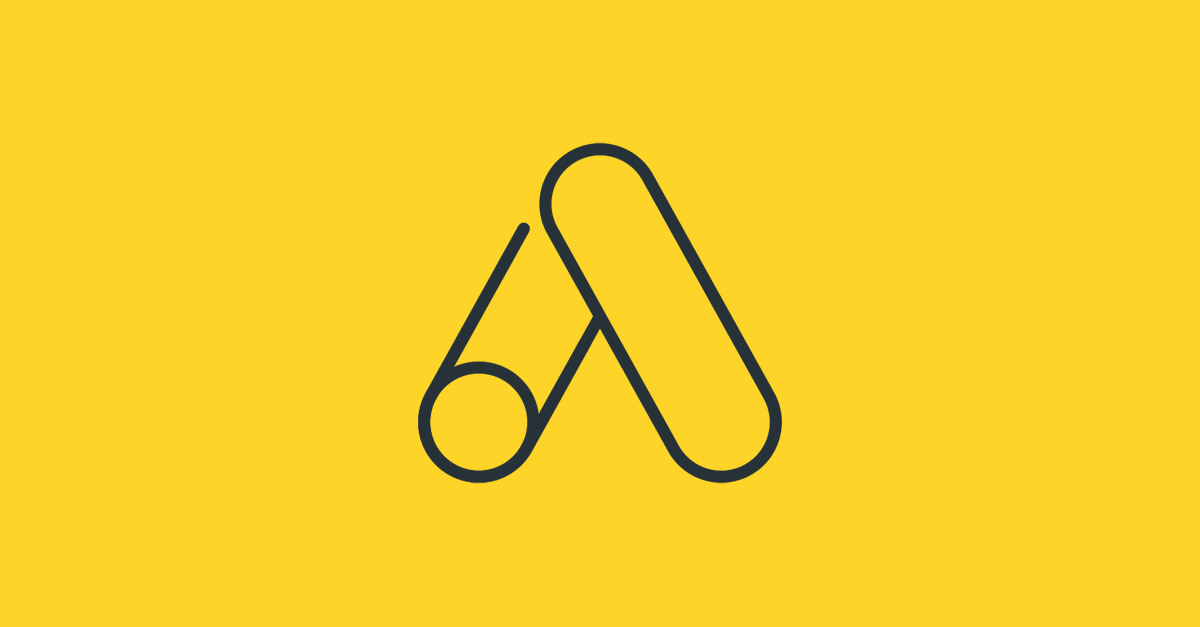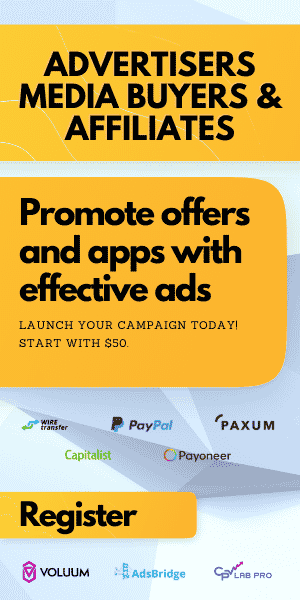
When EZmob talks about online advertising, it would probably instantly associate this with Google Ads. After all, it has already shared most of the limelight for quite a long time.
But there is another platform challenging Google Ads and our perception regarding how online ads work. The challenger is demand-side platforms or DSPs.
If there is, one thing that separates DSP from Google Ads is vendor-neutral real-time bidding (RTB). RTB is a kind of bidding that happens in real time. You have to specify your ad’s target audience and the cost you are willing to spend.
There is a bidding process among advertisers targeting the same audience as yours. On the other hand, Google Ads only uses its network.
DIFFERENCE BETWEEN A DSP AND GOOGLE ADS
DSP is a system that gives advertisers power to manage their accounts using multiple ad exchanges. In a nutshell, it is an ecosystem wherein sellers, buyers, and traffic sources can meet in one interface.
Both DSP and Google Ads are campaign management tools. The only difference between the two is the campaign types and traffic sources. Google Ads is only getting inventory directly from Google. On the other hand, DSP receives its traffic from sources such as AOL, Pubmatic, Mopub, AppNexus, etc. It can even get straight from Google if it is also a traffic source of DSP.
In the mid-2000s, Google introduced Google AdWords, which is now known as Google Ads. Its rise paved the way for display and banner advertising within its realm.
Demographics, day and time, location, and other factors serve the ads it comes up with. Hence, it positioned Google Ads as a go-to solution for advertising products and bringing services out in the market.
But the demand for more specific targeting grew in our generation. Thus, it led programmatic advertising companies to spearhead breakthroughs like the demand-side platforms. Now, advertisers have the power to filter target markets based on job titles, companies, industries, and even individual searches.
Benefits of DSPs and Google Ads
For the most part, people have considered Google Ads the easiest way to have your products and services out in the market with a broader reach and a budget based on one’s capacity.
That said, B2C advertisers use Google Ads more to reach local markets, specific target audiences, and B2B companies.
DSP, on the other hand, up the game further by being more specific regarding their filter. Audiences are not just targeted using location or what they search.
Instead, viewers are trimmed down based on seniority, job function, job title, company name, industry, and decision-making power they hold.
Symbiosis Between DSP and Google Ads
While DSP and Google Ads operate pretty differently from each other, companies are seeing the mutualism between the two that can generate more benefits for them.
The integration of Google Ads and DSP can be better measured by investing in technology capable of determining companies visiting your site. This is known as reverse IP tracking.
This helps advertisers determine who clicks the Google Ads that can be targeted using banners derived from DSP platforms.
Join our Newsletter
Get access to promotions, case studies, and recommended partners
Read more reviews and articles
Learn how to setup popunder campaigns and more about campaign management on EZmob’s Helpdesk




